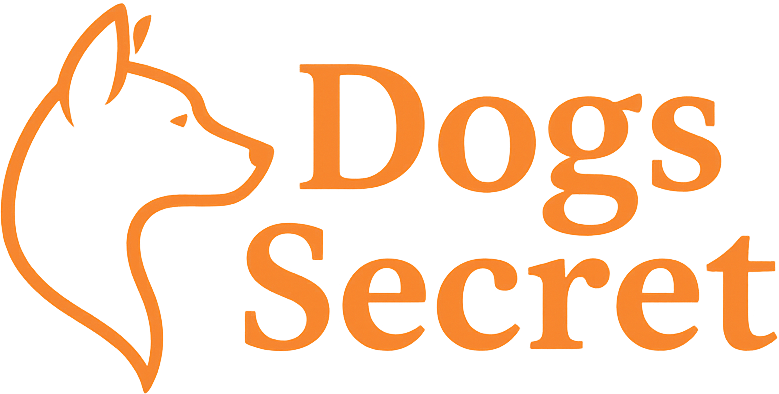Bringing home a new puppy is one of the most joyful—and challenging—moments for any dog lover. From sleepless nights to endless cuddles, your first week together sets the foundation for bonding, behavior, and routines that will shape your puppy’s entire life.
To help you stay organized and confident, we’ve created the Ultimate First Week Puppy Checklist—a day-by-day guide covering everything you need to do, know, and prepare for during those crucial first seven days.
🐶 Before Day One: Be Ready
✅ Supplies Checklist:
- Puppy food & treats
- Food & water bowls
- Leash, collar & ID tag
- Crate or puppy playpen
- Dog bed & soft blankets
- Chew toys & training toys
- Enzymatic cleaner
- Puppy pads (if using)
- Grooming basics (brush, nail clipper)
- First vet appointment scheduled
Set up a safe space like a crate or a quiet room where your puppy can relax and feel secure.
📅 Day 1: Welcome Home
- Keep things calm and quiet
- Introduce your puppy to one room at a time
- Show them where to potty and eat
- Use a leash indoors to guide exploration
- Begin crate training right away
- Start feeding on a regular schedule
- Take first potty breaks every 1–2 hours
Pro Tip: Don’t overwhelm your puppy with guests or long play sessions. Let them explore at their own pace.
📅 Day 2: Set the Routine
- Feed meals at consistent times
- Take potty breaks after eating, sleeping, and playing
- Begin name training and simple commands (like “sit”)
- Reward calm behavior with treats and praise
- Start using crate during short nap times
Watch for signs of stress: whining, hiding, excessive chewing. Stay patient and positive.
📅 Day 3: Introduce Gentle Play and Bonding
- Try 5–10 minute play sessions using safe toys
- Continue short training sessions
- Practice handling (paws, ears, brushing)
- Walk on leash indoors or in backyard
- Praise every success with enthusiasm
Reminder: Use positive reinforcement. Never yell or punish—redirect instead.
📅 Day 4: First Outing (Optional)
If your vet has cleared your puppy or you’re in a safe, low-traffic area:
- Take a short walk or car ride
- Let your puppy sniff new environments at their pace
- Keep interactions brief and positive
- Use treats to reward bravery and calmness
If not ready for outings: focus on sound desensitization at home (vacuum, music, etc.).
📅 Day 5: Vet Visit (If Not Yet Done)
- Bring all health records
- Ask about vaccinations, deworming, flea/tick prevention
- Get advice on food, portion size, and feeding schedule
- Discuss spay/neuter timing
- Ask about behavior or training concerns
Pro Tip: Bring treats to help your puppy associate the vet with positive experiences.
📅 Day 6: Reinforce Training and Confidence
- Introduce new toys or a simple puzzle feeder
- Practice crate time with the door closed for short periods
- Train “come” using treats and gentle tone
- Encourage independence by allowing short alone time in crate
Avoid: carrying your puppy everywhere or responding to every whine—they need to learn confidence.
📅 Day 7: Celebrate Progress
- Reflect on what your puppy has learned
- Celebrate small wins (fewer accidents, better crate time, basic commands)
- Keep building your routine
- Start planning safe socialization opportunities (puppy class, friends’ dogs)
Final tip: Stay consistent. Your calm leadership helps your puppy feel secure.
Conclusion
The first week with your new puppy can be a whirlwind—but it’s also the start of something amazing. With the right mindset, structure, and care, you’ll help your puppy feel safe, loved, and ready to grow into a well-adjusted dog.
Need more detailed guidance? Check out our Complete Puppy Training Plan for step-by-step development through their first year.

